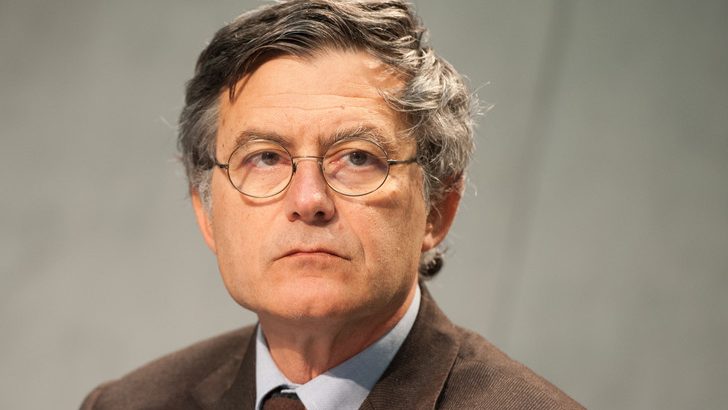The View
The appointment of Paolo Ruffini as head of the Vatican Dicastery for Communications should be an occasion for rejoicing, as the respected 62-year-old journalist is the first layperson to be appointed as prefect of a Vatican department.
The historic nature of the appointment may be overshadowed because the post has not gone to a woman. In a Reuters interview, Pope Francis said that he had approached a woman, “but she was not willing to do it because she had other commitments”.
It is ironic that probably more women than men would turn down a papal request to make history.
The reasons why women often hesitate to take up prominent positions are complex. It is far too simplistic to attribute them solely to misogyny.
For example, in 2015, the Women in Parliament Global Forum found that “female politicians tend to start their careers later, have fewer children, spend more time caring for their families, and arrange their lives to have shorter commuting times than their male counterparts”.
Equivalence
Given that the first lay woman to head a Vatican department is likely to be a religious sister, the question of children is perhaps not as relevant. Nor am I implying that a Vatican appointment is simply equivalent to a career in politics.
However, I believe that the Church needs more women in positions of leadership and responsibility. Unfortunately, some people believe the only way to achieve this is to ordain women, which reinforces the idea of a clerical caste and undermines the idea of a distinctive lay contribution.
Protestant Churches approach the question of priestly ministry very differently. For example, ordination of women in the Church of Sweden grew directly from an ‘Equal Rights Law’ in 1945 since clergy (in what was at the time the established church) were considered to be the equivalent of the Swedish civil service.
If ordination of women were only a matter of equality, who could oppose it? But the Church, even though its practice has sometimes been lacking, has always proclaimed the fundamental equality of men and women.
As Pope Paul VI put it in his address to women at the end of the Vatican Council: “The Church is proud to have glorified and liberated woman, and in the course of the centuries, in diverse characters, to have brought into relief her basic equality with man.”
Solely ordaining men makes sense in the light of acceptance of key Catholic teachings, such as apostolic succession and that Jesus instituted the Eucharist and the priesthood on Holy Thursday at the Last Supper.
Jesus was radical in that he had women actively involved in his ministry. However, he did not nominate any woman as a member of the 12 apostles. One cannot imagine that this was an oversight. The Church has no power to implement something that Jesus himself did not mandate. This is the most fundamental reason for only ordaining men.
Secondly, Protestant Churches and Catholic Churches have a divergent view on the nature of priestly ministry.
In the Catholic Church, all are called to be saints, and we are all radically equal due to our baptism.
Protestant Churches tend to see priestly ministry as based on baptism and do not recognise ordination as a sacrament at all. But in the Catholic tradition, ordination as a sacrament builds on, but is of a different sacramental nature to baptism.
The question of why Jesus did not choose women as members of the 12 is a difficult one, but successive Popes have referred to the idea of a Marian and Petrine dimension to the Church.
In a Christmas address to the Curia in 1987, St John Paul declared that Mary was the first disciple, because Mary’s “yes” to the angel’s message had made possible the incarnation of the Son of God.
George Weigel, in The Truth of Catholicism, says that Pope John Paul taught that “the Marian Church, the Church formed in the image of a woman [Mary] and her discipleship, precedes, makes possible, and indeed makes sense of the Petrine church, the Church of office and authority formed in the image of Peter”.
Inspiration
Weigel also says that St Pope John Paul taught that the Petrine Church has no other purpose “except to form the Church in line with the ideal of sanctity already programmed and prefigured in Mary.” So Mary’s “yes”, a yes that is a model for everyone, layperson and priest alike, is the foundational inspiration for Christians.
Priesthood is in service of the this fundamental “yes” and the Marian and Petrine visions are complementary, not in competition.
This beautiful complementarity could be much more readily realised if the Church were not riddled with clericalism, that is, an unhealthy kind of boys’ club mentality where laypeople, both men and women, are excluded in unnecessary ways from positions of influence and authority.
Mr Ruffini’s appointment could represent an important move away from this besetting sin.


 Breda O'Brien
Breda O'Brien Paolo Ruffini
Paolo Ruffini 